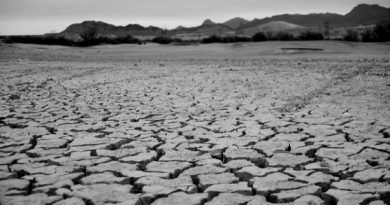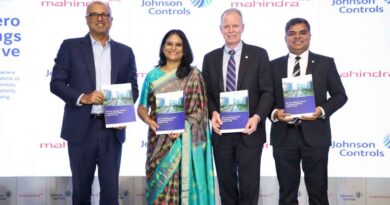APAC Region catching Up Carbon Capture and Storage: $15 Billion Investment Expected by 2034

While slightly late to the party, the Asia Pacific (APAC) region is making big moves in the carbon capture and storage (CCS) sector, cementing itself as a key player in the industry. Asian countries are intensifying their decarbonization efforts, despite challenges like unfavorable geological conditions. Rystad Energy’s research highlights Australia, Malaysia and Indonesia as emerging hubs in the APAC region, driven by the carbon dioxide (CO2) storage potential in their depleted oil and gas reservoirs and stricter environmental regulations, despite recent improvements and updates in policy. Over the next decade, the region is expected to attract up to $15 billion in anticipated investment in CCUS.
Southeast Asia has been pegged as the most promising contender in the region, with extremely cost-effective CO2 storage options. Countries like Japan and South Korea have begun forging alliances with East Asian companies as well as South Asian and Australian players. Notable companies include Petronas from Malaysia, Indonesia’s Pertamina and Australian companies like Santos and Woodside Energy. Certain Asian nations have begun exploring storage solutions beyond their borders, fueled by high population densities and constrained domestic infrastructure.

“The race is on for CO2 mitigation leadership in APAC. Policymakers are taking steps to close regulatory gaps to fully unlock the CCS value chain and create a friendly investment environment through project incentives. Ultimately, the region with the most cost-effective solutions and a clear path for CO2 storage will win. Strong government action, encompassing financing and establishing a standardized CCS framework, will also be vital,” says Sohini Chatterjee, Senior Analyst at Rystad Energy.
Last year was a record breaker in APAC, with the region adding more CCUS projects than in any previous year. The initiatives accounted for more than half of the region’s total CO2 capture capacity, surpassing the cumulative capacity of all previous years. The surge in capacity was driven by announcements from Australia, East Asia and Southeast Asia.

The CCUS project count has been led by China, South Korea and Japan, each of them taking their own approach to the concept. China leverages its abundant sub-surface reservoirs for permanent storage, developing national projects. South Korea and Japan focus on cross border projects with permanent storage.
India is in the limelight again as well, with Synergia Energy’s Cambay CCS hub marking a significant development for South Asia. The project aims to capture and store CO2 emissions from nearby combined cycle gas turbine and coal plants in Gujarat’s Cambay field. With a projected capacity of 46 million tonnes per annum (tpa), it has the potential to become the largest hub project in the Asia Pacific region.
Agreements forged between Santos and Japanese entities like JX Nippon Oil & Gas and Eneos exemplify the importance that the Japan Australia collaboration holds for the region. The 10 projects aim to import up to a substantial 20 million tpa by 2040. Collaborations between Japanese and Australian players are exploring the potential capture, storage and transportation of CO2 from Japan for injection and storage off the Western Australian coast.
Australia’s commitment to carbon abatement is evident through incentives like Australian Carbon Credit Units (ACCUs) and various funding initiatives supporting CCS projects. Unlike its Asian counterparts, Australia boasts comprehensive CO2 storage regulations spanning federal Commonwealth waters, and on a provincial level in states like Queensland and Victoria. Australia’s extensive CO2 storage potential is supported by stringent permitting regulations, ensuring responsible CCS project management.
Australia only allows for the export of CO2, not its import. This means CO2 storage projects would still need permits and approvals under separate state or territory regulations, creating an unnecessary hurdle that partially undermines the progress.
The London Protocol, for example, shows that gaps in regulation persist for Australia, hindering cross-border CCS pathways. While financial support exists, it falls short of covering project costs, with current government funding in the range of US$10 million – $30 million. Additionally, the continent’s distance from major East Asian emitters may raise transportation costs, posing a challenge compared to regional competitors like Malaysia and Indonesia. Time will tell whether Australia, Malaysia or Indonesia are ultimately able to lead the region in cross-border CCS, or if other key players in the region emerge.
By Yash Singh




